Since its inception in 1917, the National Hockey League has seen roughly 7,500 players lace up for at least one game. Despite this staggering statistic, Black players represent only .052% of currently rostered players, and this has been the norm for a majority of the league’s existence. This has led to hockey’s reputation of being a “white” sport.
Astonishingly, the only Black general manager in NHL history to date is former player, Mike Grier, appointed by the San Jose Sharks in the offseason of 2022. It was a significant, barrier-breaking hire that should set the status quo for the average franchise’s front office moving forward.
Originating from the cessation of its predecessor organization, the National Hockey Association of Renfrew, Ontario, the National Hockey League came to the forefront of the hockey world in North America. Taking sole possession of the Stanley Cup, the epitome of ice hockey world supremacy, the NHL cemented its place as the most prestigious hockey league in Canada and the United States.
Throughout its history, the NHL has been made up of an overwhelming majority white player base and a mostly-white coaching and managerial staff, despite a considerable Black population in the areas where hockey is most popular. According to a 2021 census performed by the Canadian government, 1.5 million citizens reported being Black. According to the Pew Research Center, roughly 18% of the United States’ Black population live in the Midwest—where hockey is as much a part of life as your morning coffee is.
This disparity can be attributed in part to economic barriers. Hockey is expensive, with players typically shelling out thousands per year for equipment, ice time and club membership fees. The wealth gap between white and Black families comprises a high barrier of entry to those unable to afford the costs.
It wasn’t until the 1958 season that the NHL saw its first Black player, 41 years after the league’s founding. Willie O’Ree, born October 15, 1935, in Fredericton, Canada made his debut in the big leagues when he laced up for the Boston Bruins in a regular season game against the rival Montreal Canadiens. His first goal, however, would come three years later when he opened up the Bruins scoring off a play from defenseman Leo Boivin. O’Ree played only 44 more games in the National Hockey League, roughly two-thirds of a full season. He finished his professional career splitting 14 years between the American Hockey League, the East Coast Professional Hockey League, the Pacific Coast League and the Western Hockey League. O’Ree was honored following the 2017-18 season with the introduction of the Willie O’Ree Community Hero Award, presented annually to an individual who has positively impacted their community, culture or society through the game of hockey. O’Ree was inducted into the Hockey Hall of Fame in the “Builder” category in 2018.
Since the playing days of Willie O’Ree, the involvement of Black players in the NHL has increased, but they still remain a marginalized group in the big show. All-time goaltender Grant Fuhr, defenseman P.K. Subban, forward Jarome Iginla, and others are among some of the most recognizable Black names in hockey; though the recognition that they receive in comparison to white and European players is minimal. Another hurdle for Black players is the racism rampant throughout hockey culture, with players such as Devante Smith-Pelly and K’Andre Miller detailing their experiences with fans throwing racist remarks and directing racially charged behaviors their way.
It’s important to recognize the figures who have made hockey the game that it is, especially as their contributions are often trivialized, and their role in the sport is threatened. Though league commissioner Gary Bettman claims to advocate for a diversified player base and involvement of all nationalities, races abilities and gender identities, the prejudice rampant across the league and its affiliates must be addressed. “Hockey is for everyone,” is the motto that should motivate the NHL and every sports league across the country towards a more inclusive and accessible sport for all to enjoy.


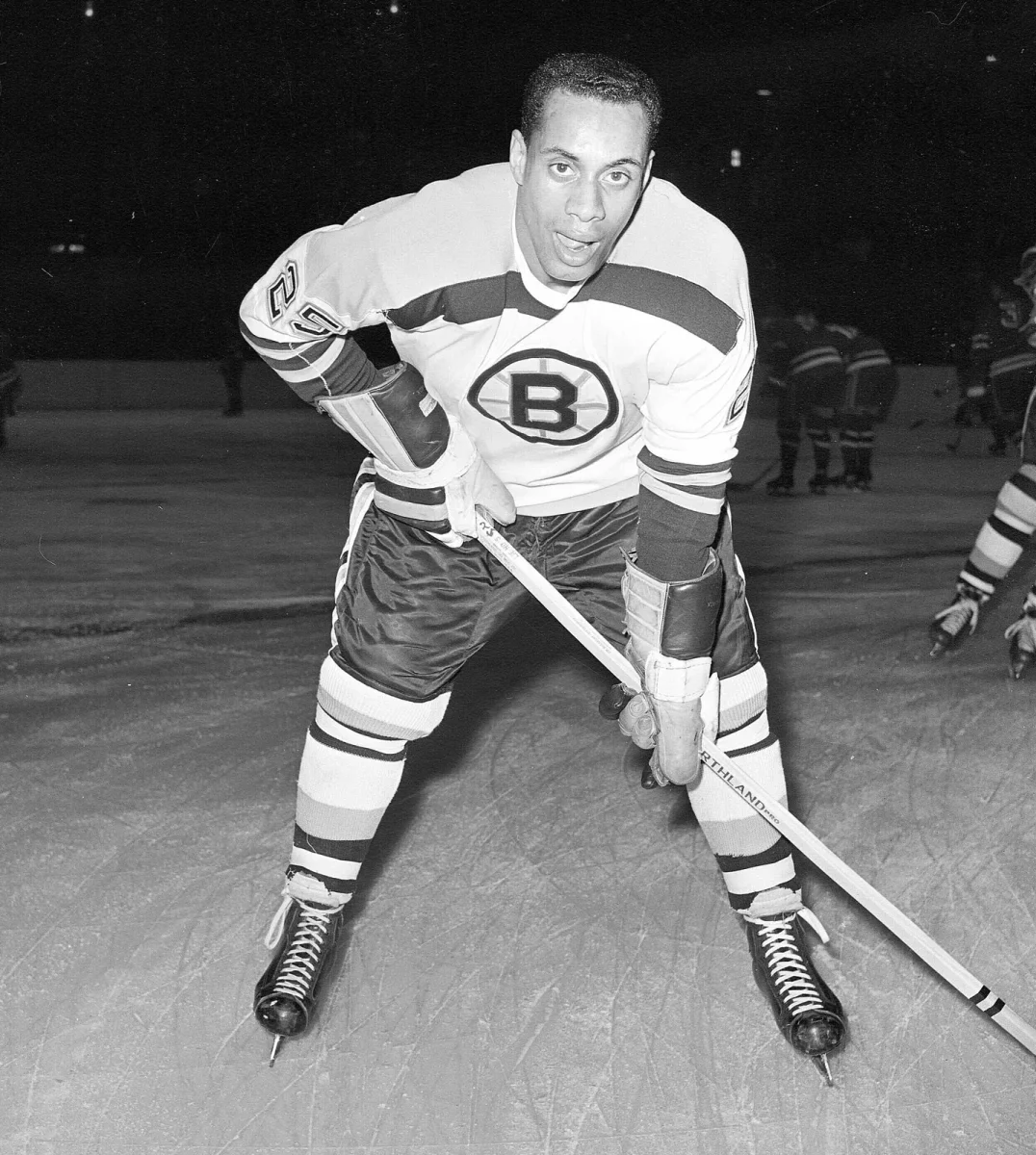




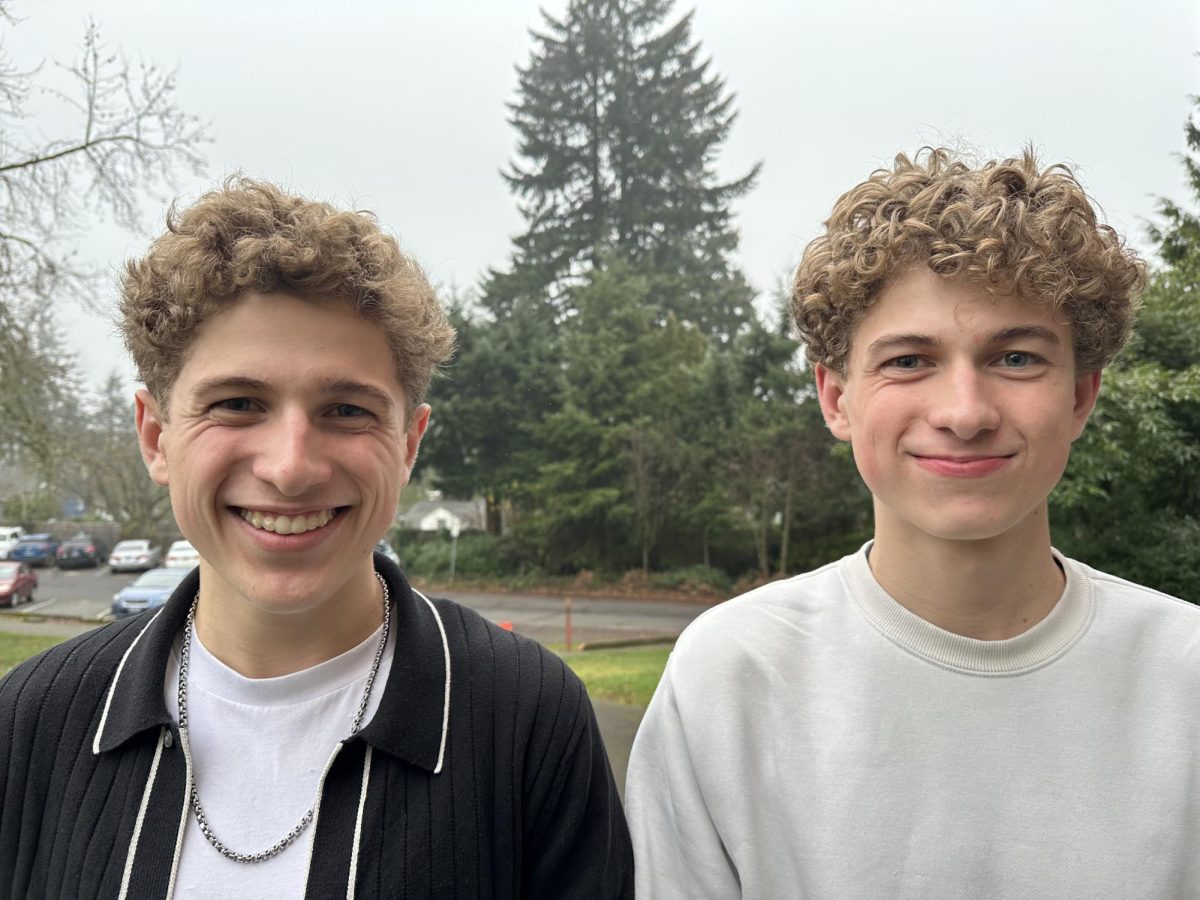

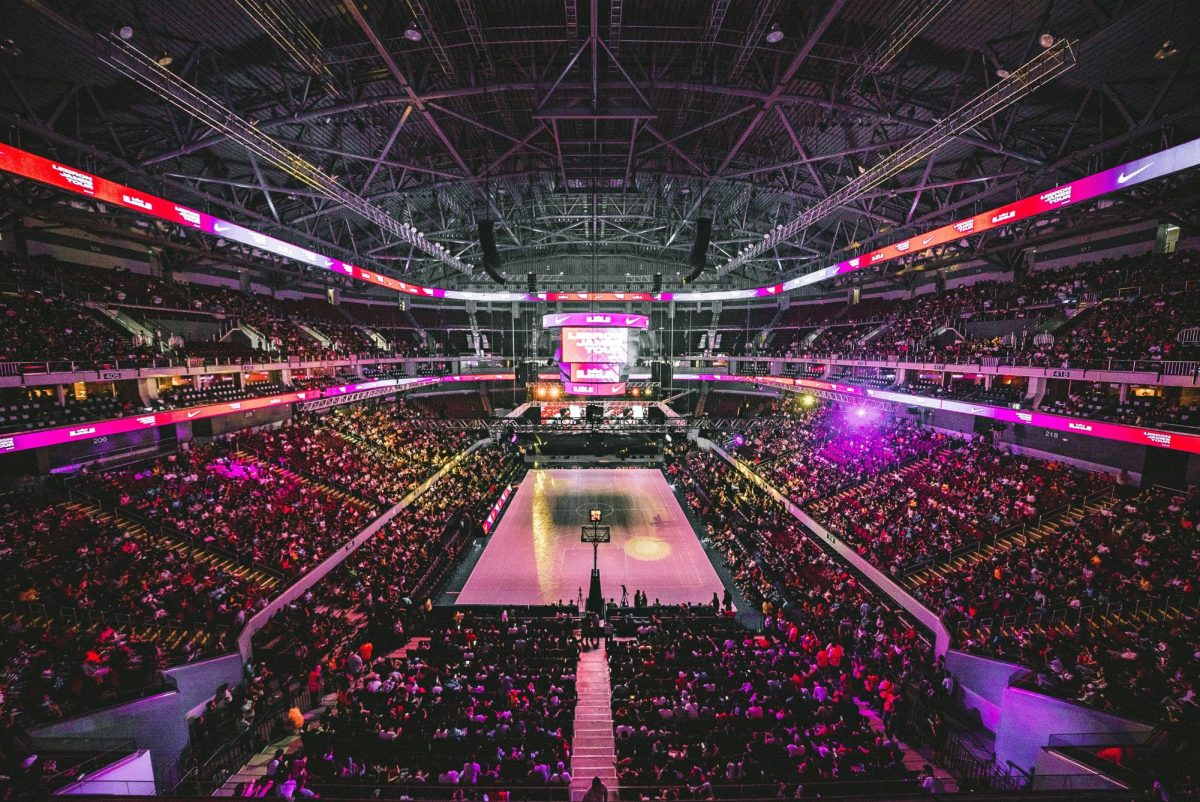



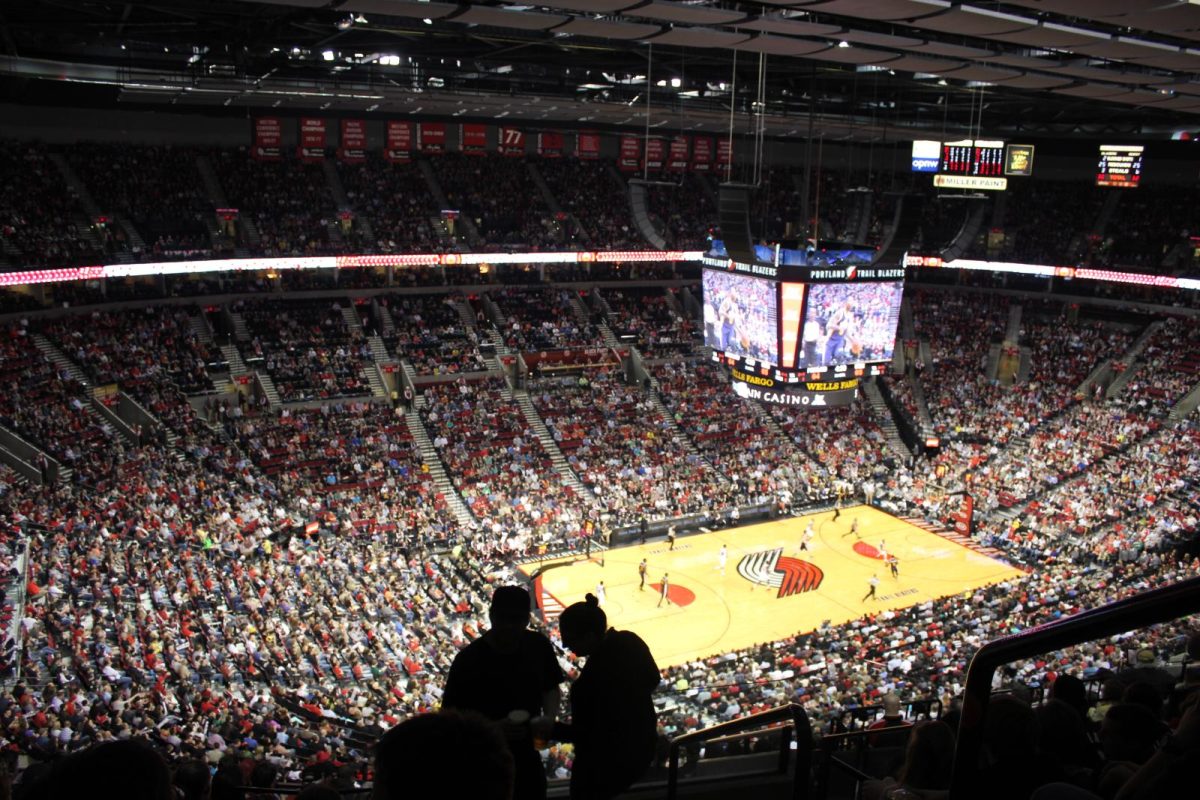
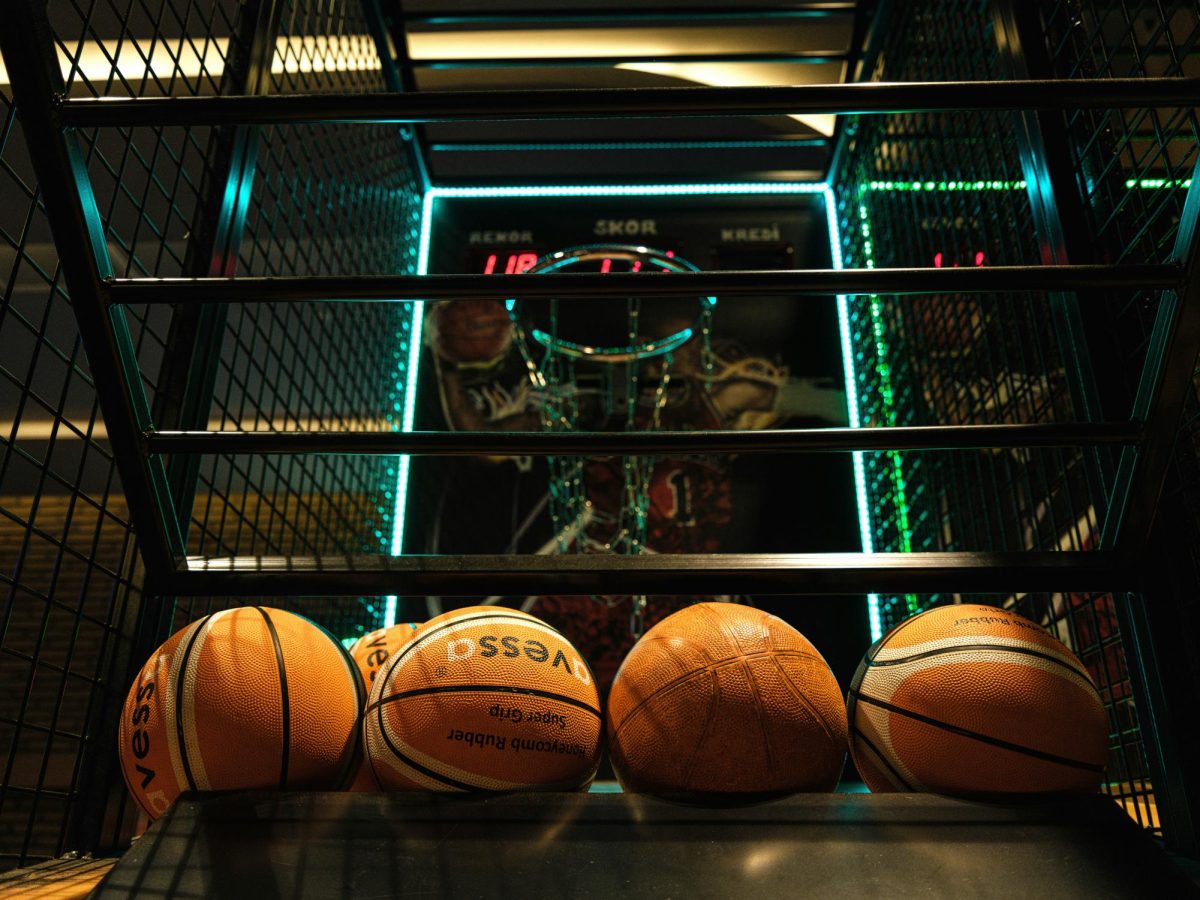

George E. Jones • Aug 6, 2025 at 10:06 am
This writer of this article clearly forgot that a Major League Sports “Color Barrier” can be broken by “ANY” nonwhite or BIPOC athlete.
1. Black or African American
2. Indigenous or Native American
3. POC a Person of Color such as an Asian American
In the case of the N.H.L. National Hockey League, the correct answer is #2. and not #1. as this writer is now required to print a retraction.
#2. Native American Taffy Abel broke the N.H.L. Color Barrier on November 16, 1926 upon his debut with the New York Rangers.
The Black Willie O’Ree did not make his N.H.L. debut with the Bruins until 32 years later in 1958.